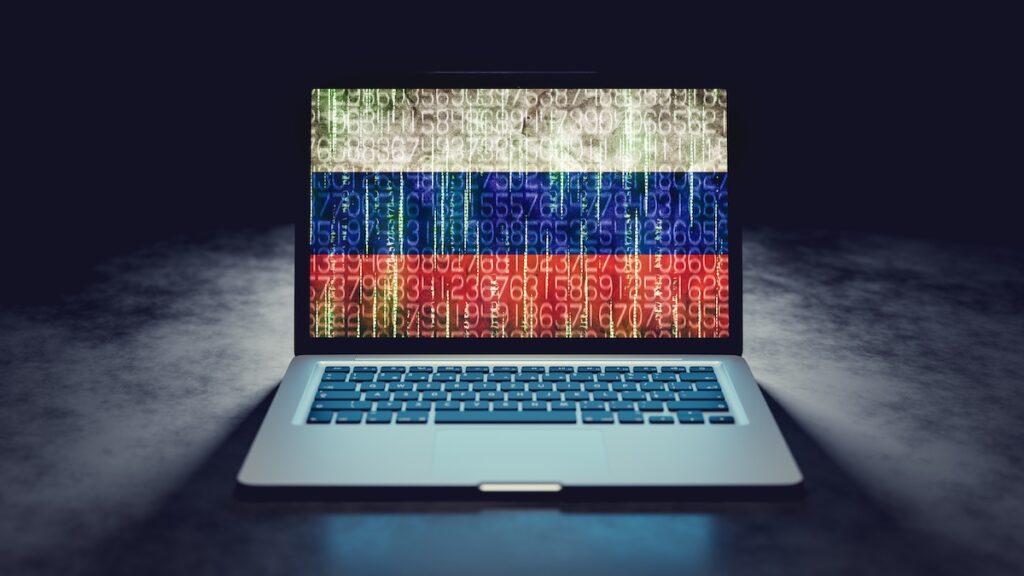TeamViewer, the popular remote access software provider, recently fended off a cyberattack by the notorious Russian APT29 hacking group (also known as Midnight Blizzard). Despite the attackers breaching TeamViewer’s corporate network, the company’s robust security measures, particularly network segmentation, prevented them from accessing customer data.

Inside the Attack
On June 27, TeamViewer publicly acknowledged the attack, assuring users that their data remained secure. The company emphasized its “defense-in-depth” approach, which includes strong segmentation between its internal IT network and customer environments. This segmentation effectively contained the attack, limiting its impact to TeamViewer’s own systems.
Network Segmentation: A Crucial Line of Defense
Network segmentation is a cybersecurity practice that divides a network into smaller, isolated segments. This approach limits the damage an attacker can inflict by restricting their access to only the compromised segment. It also makes it easier to detect and contain breaches, as suspicious activity is more readily apparent in smaller, more manageable environments.
In TeamViewer’s case, network segmentation proved to be a critical factor in mitigating the attack. By isolating its customer data from its internal IT network, TeamViewer prevented APT29 from accessing sensitive information, even after breaching the company’s defenses.
Defense-in-Depth: A Multi-Layered Approach to Security
TeamViewer’s successful defense against APT29 highlights the importance of a defense-in-depth strategy. This multi-layered approach involves implementing various security controls at different levels, creating a series of obstacles that an attacker must overcome to reach sensitive data.
Beyond network segmentation, TeamViewer’s defense-in-depth strategy likely includes:
- Strong access controls: Limiting who can access sensitive data and systems.
- Regular patching: Keeping software and systems up-to-date with the latest security patches.
- Threat intelligence: Staying informed about the latest threats and vulnerabilities.
- Incident response plan: Having a plan in place to quickly detect, respond to, and recover from security incidents.
Industry Response and Recommendations
While TeamViewer’s data remained secure, the incident prompted cybersecurity experts to issue warnings and recommendations. The NCC Group and the Health Information Sharing and Analysis Center (H-ISAC) advised users to remove TeamViewer from their systems if possible or closely monitor hosts with the application installed.
The incident also underscored the importance of implementing additional security measures like two-factor authentication (2FA) and allowlists/blocklists to control access to systems via TeamViewer.
Key Takeaways
The TeamViewer attack serves as a valuable reminder of the importance of proactive cybersecurity measures. Here are some key takeaways:
- Defense-in-depth is essential: No single security measure is foolproof. A multi-layered approach is necessary to create a robust defense.
- Network segmentation is a powerful tool: It can significantly limit the impact of a breach by isolating critical assets.
- Vigilance is key: Stay informed about the latest threats and vulnerabilities and regularly assess your security posture.
- Proactive measures save the day: Don’t wait for an attack to happen. Take proactive steps to secure your systems and data.
By following these lessons, individuals and organizations can strengthen their cyber defenses and better protect themselves against the ever-present threat of cyber attacks. Remember, cybersecurity is an ongoing process that requires constant vigilance and adaptation to stay ahead of the evolving threat landscape.





